
Shrinkage in your Restaurant – How to Save Money and Avoid Waste
Bars and restaurants run on thin margins. Accordingly, we must manage product variance and include a percentage of shrinkage when pricing menu items. Product variance can be one of a restaurant’s main enemies but calculating it and reducing your variance can mean being more profitable.
What is product variance? How do I calculate it? Why does it happen? How do I prevent it? All of this is covered right here in this article.

What are Product Variance and Shrinkage?
Variance is the difference between the amount of product sold and the amount of product used, calculated over a given period of time.
While you could calculate product variance for your whole inventory, the calculation is much more powerful when used to scrutinize individual items. To save the most money, begin by calculating the product variance for your most popular items, such as well liquors and popular beers.
The Oxford Dictionary’s definition of shrinkage is:
An allowance made for reduction in the takings of a business due to wastage or theft.
Shrinkage is understanding that every leaf of lettuce or drop of beer you purchase will not end up in front of guests. Taking this into account and including it in the price of your products enables you to mitigate your variance through pricing.

Calculating Product Variance
The equation for calculating product variance is:
[Cost of Product Sold in $] – [Actual Product Sold in $] = Product Variance in $
Find the Cost of Product Sold in $ by subtracting your ending inventory from your starting inventory, ensuring that you include any product that arrived during that time period. To calculate your Actual Product Sold go into the backend of your POS system and print a product mix report (PMR) for the period between your two inventories. Multiply the figure on the PMR for the item you want to analyze by the cost per unit or per pour and you’ll have the Actual Product Sold in $. Take the inventory before opening or after closing to get an accurate number.

To calculate product variance as a percentage amount, complete the following equation:
[Product Variance in $] ÷ [Actual product Sold in $] = Product Variance as a Percentage
These numbers will tell you how much dollar value of stock you lost to product variance and shrinkage in the given time period and if the shrinkage you calculated into your prices is correct. If the percentage is higher than the shrinkage you’ve calculated into your prices, you are losing money on that product and should find out why so you can fix it.
Why Do We Get Product Variance?
There are two factors which contribute to Product Variance: theft and wastage.
Wastage – Wastage can be broken down into two categories, spoilage & spillage.
- Spoilage –Only relevant to perishable products, spoilage is usually a result of poor ordering practices. If product is spoiling before you can use it then you need to consider reducing the amount you order. If you can order less product more frequently, then you’ll always have fresh product and your chances of running out are still low.
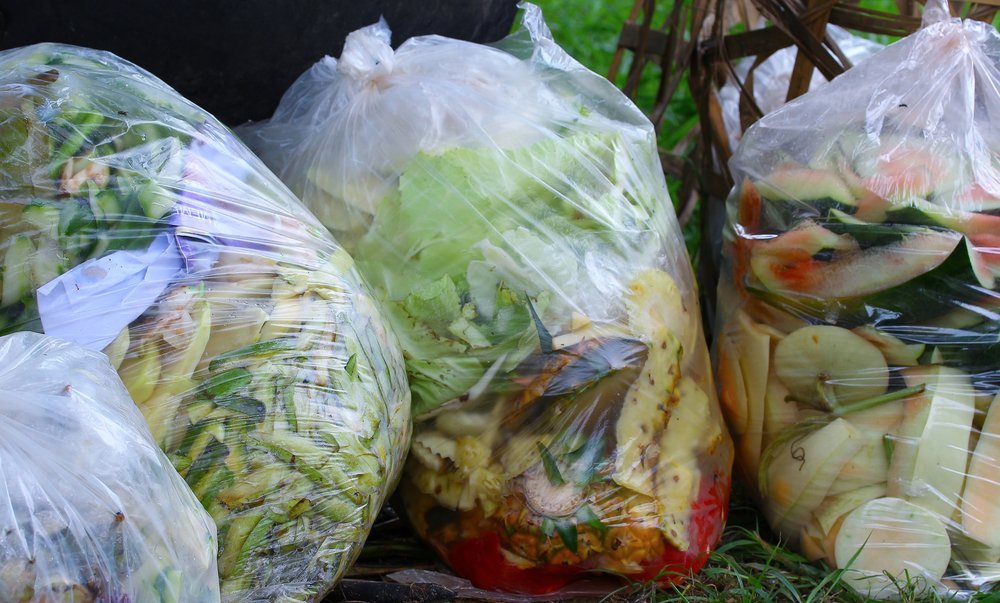
- Spillage –A dropped bottle of liquor or steak is an unfortunate occurrence that can’t be helped, but it should be recorded on a wastage log, so you can accurately calculate your product variance.
Theft –This petty problem can quickly become a big problem to your bottom line if it’s common in your location. Beefing up your security with cameras or using lockable storage rooms, which only a few employees can access, can help.
Bar employees giving away free drinks also counts as theft and should be monitored. Products gifted to guests to resolve problems should be accounted for in the POS systems as “comped”, so they don’t skew the numbers when calculating product variance.
Preventing Shrinkage
To reduce your variance and shrinkage focus on the following:
Proper ordering practices
Adjust par levels and order less product to eliminate items being over ordered and then wasted.
Wastage log
Keep a log of all the items you have to throw away. This can help you fix your ordering practices and decrease your wastage.
Pour test your bartenders

If liquor is a concern, watch and count your bartenders’ pours or give them a formal pour test and correct as needed. Sometimes this correction can dramatically reduce your variance and shrinkage.
Accountability
Make your employees accountable for the products they handle every day. For instance, only allow certain employees to access storerooms which hold high priced inventory items. Also, just letting employees know that you are aware theft is taking place can make them less likely to steal.
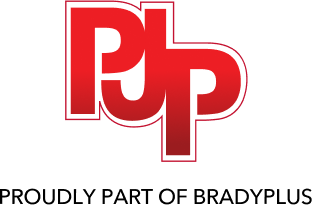

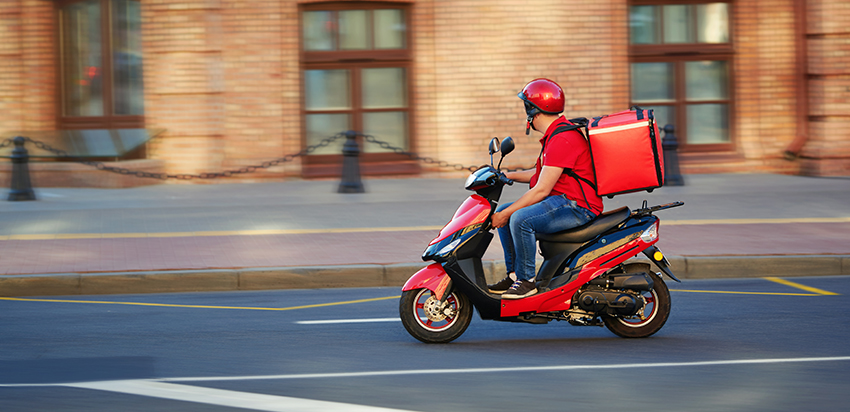
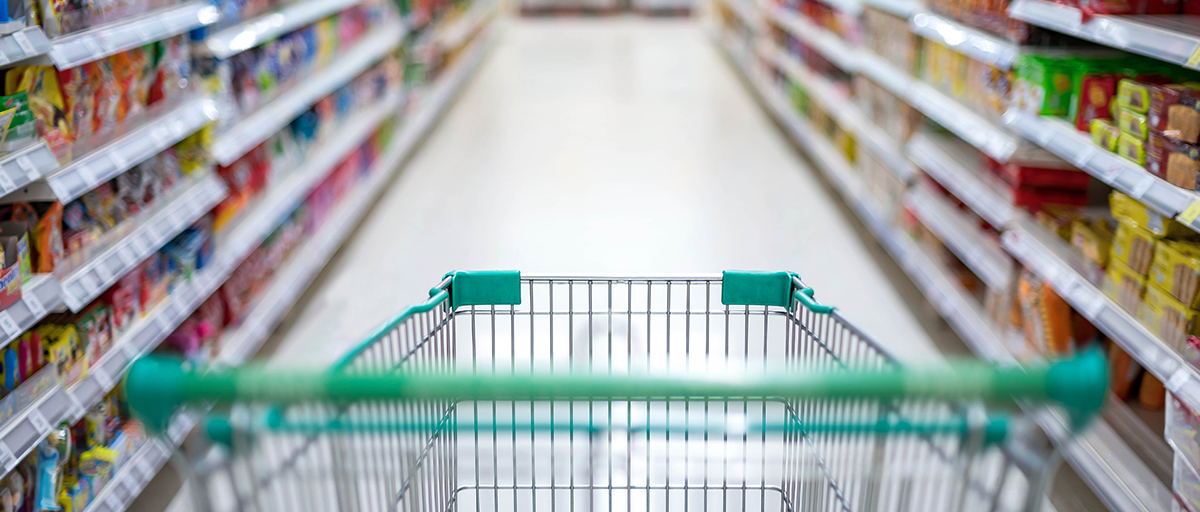
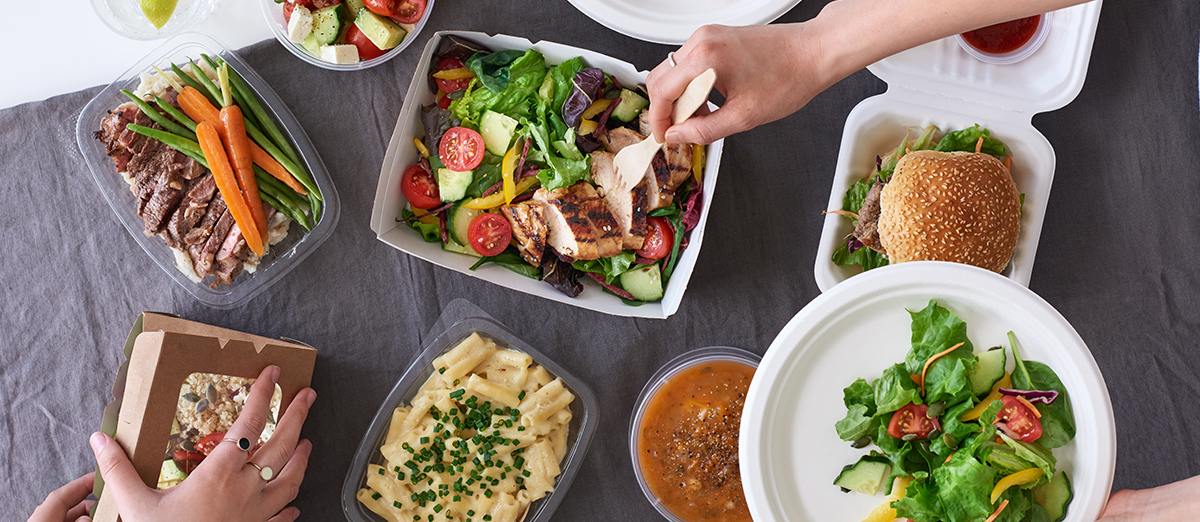

Write a Comment